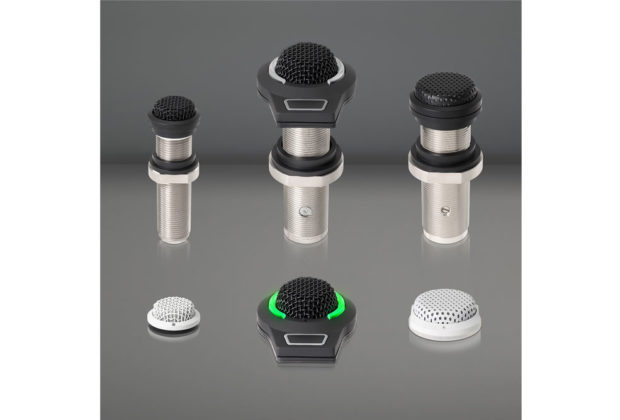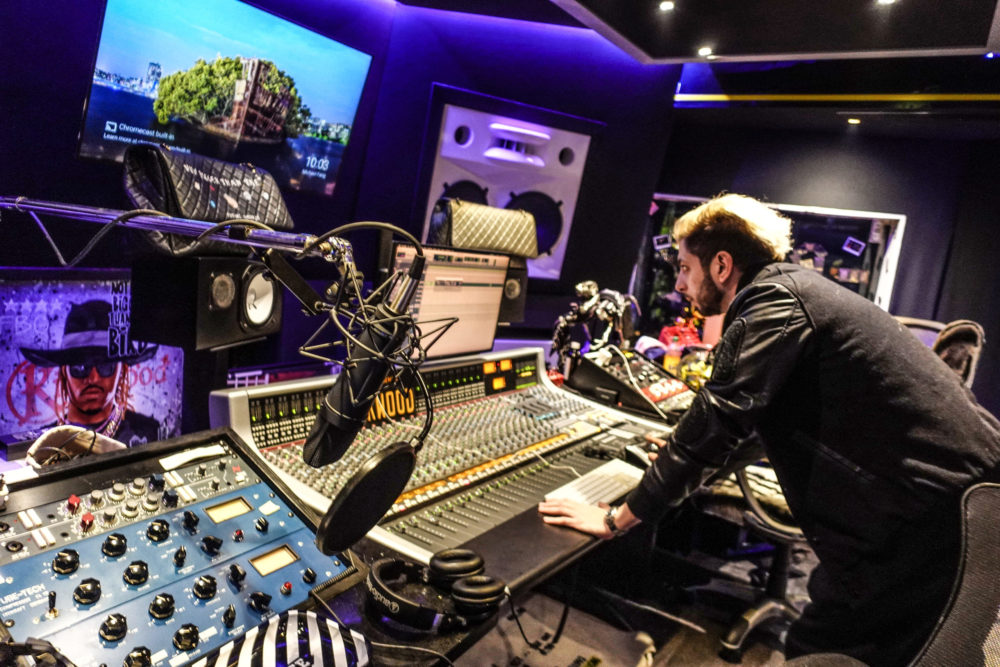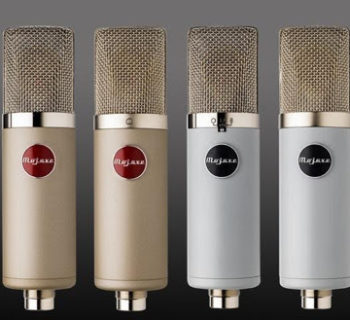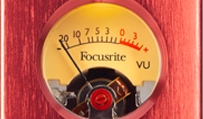Audio-Technica has announced several new variations of its ES945 Omnidirectional Condenser Boundary Microphone and ES947 Cardioid Condenser Boundary Microphone, developed as a direct response to market feedback. All models are intended for surface flush-mount installation and include Audio-Technica's UniGuard RFI-shielding innovations for unsurpassed immunity from radio frequency interference.
First, the existing standard ES945 and ES947 models are being replaced and enhanced by the new ES945O/XLR (omnidirectional) and ES947C/XLR (cardioid), which feature upgraded functionality including IPX4 water resistance. These mics are designed for surface-mount applications such as conferencing, recording, monitoring and other demanding sound pickup applications. The ES945O/XLR and ES947C/XLR come standard in black and are also available in white variations (ES945WO/XLR and ES947WC/XLR).
Second, A-T is introducing new miniature, space saving variations, known as ES945O/TB3 and ES947C/TB3. These mics are suitable for the same applications as the ES945O/XLR and ES947C/XLR, but the ultra-compact design enables extra-inconspicuous tabletop, ceiling and wall mounting. ES945O/TB3 and ES947C/TB3 come standard in black and are also available in white (ES945WO/TB3 and ES947WC/TB3).
Third, the existing ES945/LED and ES947/LED (models intended specifically for conferencing) are being upgraded/replaced by the new ES945O/FM3 and ES947C/FM3. These mics feature a highly visible two-state RGB LED ring (7 selectable colors + OFF) to indicate mute status and a touch-sensitive capacitive user switch that enables local muting, making them ideal for conferencing applications. The “FM3” models feature a 3-pin XLR output connector.
Additionally, brand-new to the line are the new ES945O/FM5 and ES947C/FM5, which are similar to the “FM3” models but feature a 5-pin XLR output connector. With the “FM5” models, not only can the switch be configured to toggle between mute and live audio, but, with the microphone’s external contact closure, it can also be set up to trigger an external device, such as a camera or the room’s lighting.
For more information, please visit audio-technica.com.













